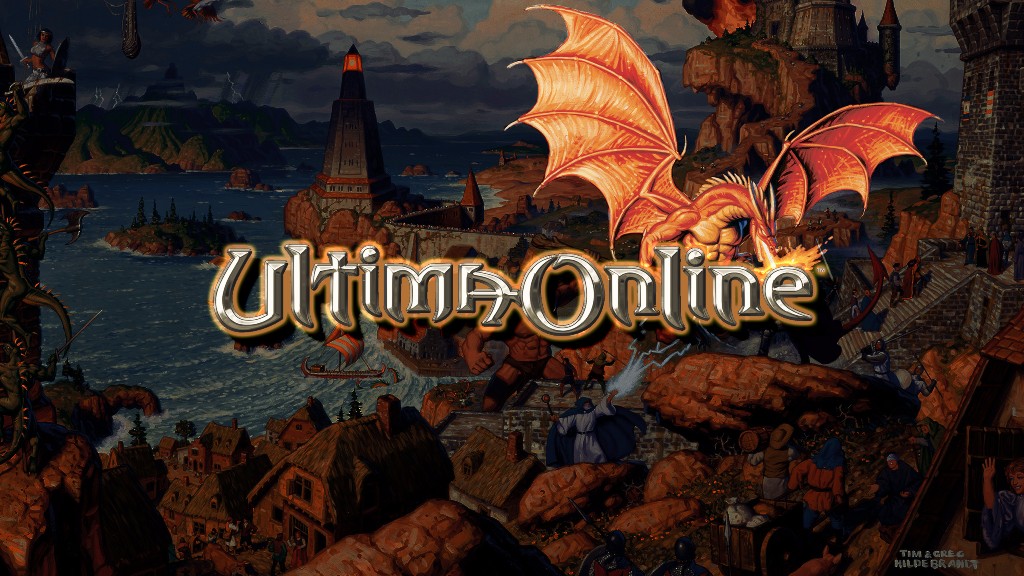Counter Arts Revisits “Ultima Online”

Writing at Medium for Counter Arts, one Gavin Annand has revisited Ultima Online as part of an ongoing series about the longevity of MMORPGs, the central thesis of which appears to be thus:
MMOs are unique among game genres because they are so resilient. There are exceedingly few games in existence that could boast an active community almost 25 years after release. These games endure — partially due to players refusing to abandon their sunken cost — but the importance of a strong community can’t be ignored.
And, indeed, the focus on community permeates throughout much of the article:
I reached out to Broadsword with a few questions about the state of Ultima Online in 2021. While they stated that they do not provide any details of subscriber numbers (standard MMO industry policy), a short time in the various Ultima Online Discord channels is proof that there is still an active and vibrant player community.
One of the big questions I aim to answer in this series of articles is what it is that keeps these classic MMOs alive and kicking. The games industry is an industry that revolves around tech and trends, and often, if a game isn’t using the latest graphics technology or isn’t part of a current genre trend, then its lifespan can be pretty short. Ultima Online is a game running an engine that is essentially 25 years old, and it uses some very archaic design that is decades behind current trends — yet it endures. As I mentioned in Part 1, however, what largely defines MMOs is their sense of community.
…
Ultima Online has in some ways backed itself into a corner. This housing is an ultimate goal for many players, a way to leave their mark on the virtual world. A player’s home is, in many cases literally, their castle. For most players, no amount of virtual money or items will be sufficient compensation for the loss of something that symbolises over two decades of memories and hard work. So, the player base remains dispersed and thus, diluted.
That’s not to say that Ultima Online is a “dead game”, far from it. While shards are often quiet, it is a surprisingly active community that engages in forums, Discord and in-game. Atlantic is probably the most populated shard, but Great Lakes, Chesapeake and Catskills all host sizeable communities. And the great thing about playing a game designed for dial-up internet is that modern broadband connections mostly counteract any latency issues associated with connecting to a server on the other side of the world.
Annand also goes into some detail about the rise of private shards, again focusing on the emergence of these shards not just as alternative ways to experience Ultima Online, but as community hubs. He also tries to forecast the future prospects for Ultima Online, and opines on whether it’s worth it for a newcomer to dive into the game today.
It’s a longer article, and apparently Counter Arts only gives non-subscribers access to a total of three articles; you might not be able to read this one if you’ve checked out their content before. Still, well worth a read if you’re able and have the time; click on through to check it out.
(Hat tip: Demorde)

















































